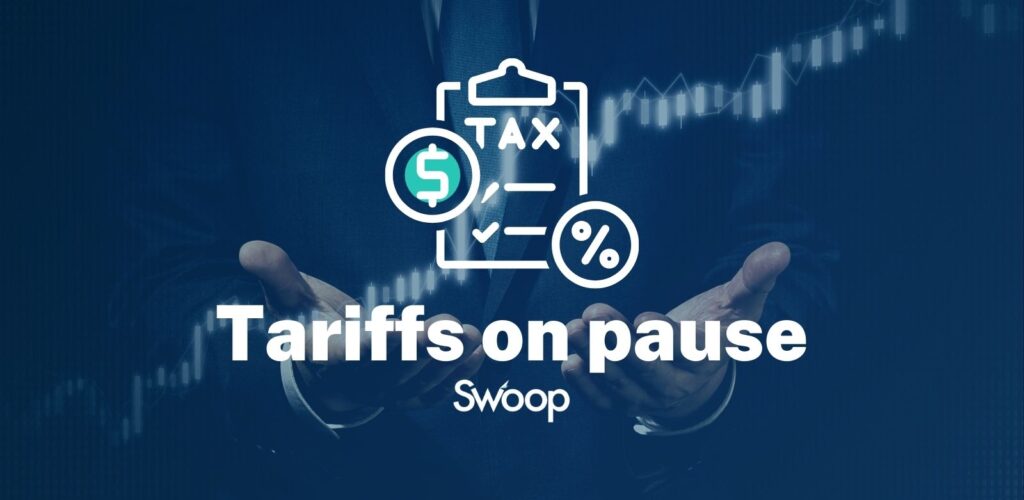Tariffs on imported goods are impacting many businesses. As consumers see prices rise and businesses find their margins squeezed, what can you do to stay afloat?
The tariffs on imported goods have created huge uncertainty for everyone – with small and medium-sized businesses (SMBs) across North America bearing the brunt of it. While swingeing increases on goods and raw materials have been on, off and postponed (apparently on a whim), businesses that rely on imports for part of their manufacturing or business operations are seeing the impact: strained cash flow and squeezed profit margins will force difficult decisions for business owners. Rising costs will provoke changing behaviour from customers, leading to SMB owners concerned about how to manage their funding requirements in this new economic landscape.
In the short term, the uncertainty is almost as disruptive as the tariffs themselves. What measures can SMB owners take to cushion the long-term blow or the tariff policy?
Understanding the impact
Tariffs, essentially taxes on imported goods, directly increase the cost of doing business for many SMBs. If your business relies on imported raw materials, components, or finished goods, you will face higher expenses. This can lead to:
- Increased production costs
- Price increases as these costs are passed onto consumers
- Reduced competitiveness, especially if other businesses in your market have stockpiled products or sourced from countries not affected by tariffs
Managing Funding Requirements
Clearly, this places affected business owners in a difficult position and there are no easy answers for how to navigate the challenges. One thing is certain: careful financial management will be essential for businesses to stay above water. Here are some strategies SMBs can consider:
- Cash Flow Forecasting: analyze your current cash flow so that you understand your existing cash inflows and outflows. From this, you will be able to project future cash flow and consider the impact of increased costs on your revenue and expenses. You will then be able to identify potential cash flow gaps to determine if you’ll need additional funding to cover increased costs.
- Explore Funding Options: There are a number of options for you to consider if there is a funding shortfall. These include:
- Short-term loans to cover immediate cash flow needs.
- Government programs may offer financial assistance or tax incentives to businesses impacted by tariffs.
- If applicable, explore seeking investment from angel investors or venture capitalists.
- Cost Optimization: it may be possible to mitigate your losses and find room for maneuver in other parts of your business. For example:
- Negotiate with suppliers to secure better prices with existing suppliers or seek alternative suppliers in countries not affected by tariffs.
- Identify areas where you can streamline operations and reduce costs, such as optimizing inventory management or implementing energy-saving measures.
- Consider sourcing materials domestically or from countries with more favorable trade agreements.
- Strategic Planning: consider other options to make your business more robust in the face of spiking costs:
- Develop a contingency plan so that you can be prepared for potential disruptions to your supply chain and adjust your business strategy accordingly.
- Diversify your product offerings to include items less affected by tariffs.
- Focus on customer relationships so that your customers understand why prices are changing and get on the front foot when it comes to communications.
Conclusion
The impact of tariffs on SMBs can be significant and potentially highly damaging. By carefully assessing your financial situation, exploring funding options and implementing cost-saving measures, you can navigate these challenges and ensure the long-term success of your business. At Swoop, we believe that the best time to secure funding is when you don’t need it, so that you have a plan in place for when the need arises. Smart business owners will be looking at what they can do NOW to ensure they have funds in the bank and access to further funding should it become necessary in the near future.
Ready to be proactive in preparing your business for uncertain times? Get started with Swoop today.








 yet? Register here!
yet? Register here!